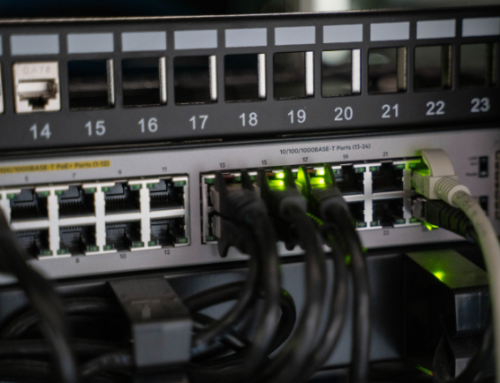Take 4 minutes to read this article
Hardware’s not dead. But you need a vendor with global support to monitor it. It’s time to think global third-party maintenance.
Cloud is far from the cure-all that its IT buzzword has been inflated to. The reality is that most organizations are still running on a hybrid IT model—you will be hard-pressed to find either a 100% cloud or 100% on-premise business.
Consequently, failing to pay the proper attention to the hardware you have on-premise can be a costly mistake. When you throw all your attention and resources at cloud, you miss out on critical opportunities in-house.
The Realities of the Virtual and the Physical Realms
Cloud can be more expensive than IT teams anticipate.
Optimizing your cloud usage is key, especially when considering the cost and complexities of legacy app transformations, the unpredictability of compute resources, and the fluctuations of end user traffic. Consumption and subscription models alike are expensive because you are paying someone else to handle the unpredictability of your compute needs as well as the logistics of the physical infrastructure.
In addition to that, some organizations have legacy applications and programs that might not be ready to migrate to a cloud infrastructure. Though you might have already migrated many workloads to cloud, you could still have storage and networking needs best met with physical hardware.
Don’t Underestimate Local Hardware
Obviously, your hardware strategy will differ depending on the business needs of your company, but consider the following scenarios:
In-House Redundancy
With brick-and-mortar locations especially, you will want reliable local servers if your external cloud network goes down. Especially for retail locations, if you want to be able to sell products and track your inventory, you will want a fail-safe so that you can continue to use your in-house computers, barcode scanners, etc.
Compliance Assurances
If you conduct business within the payment card industry (PCI), you know that compliance strictures are stringent and must be carried out to the letter. To remain PCI compliant, they recommend you have completely siloed servers and equipment (from the rest of your datacenter) to accommodate for the critical data stored on them. Similarly, with the Federal Information Processing Standard (FIPS), you must specifically purchase and maintain FIPS-validated hardware to conduct government-related business.
The Correlation Between Proximity and Performance
For certain workloads, local will always be better. Geographic proximity enables you to connect servers and storage by fiber optic cables, making this the fastest way to consume and render data. Consider the time it takes to route data up to cloud. In some cases (with larger workloads), this process takes too long, and you risk losing data (because you don’t process it fast enough) in the process.
In addition, if you are using cloud for your long-term storage and need to write to something quickly, you need a temporary caching system to accommodate for the latent data before you can upload it. There are still many technologies that can generate and cache data faster than you can upload it to cloud (big data analytics, graphics rendering, etc.). For these applications, local solutions that incorporate memcache servers, flash storage, etc. enable you to process these workflows at speed.
Hardware is Still a Reality, So Stay Innovative with Smarter Support Methods
Cloud is important. But even some of the simplest processes still depend on the tried and true virtues of physical hardware.
We know you’re already working on lean IT teams as it is, but you still need to be smart about how you maintain your existing infrastructure. But before you pump the brakes too hard on your cloud goals, know that there are smarter, more efficient solutions for datacenter hardware support—solutions that manage your complex hardware logistics while still accelerating your cloud migration plans.
CentricsIT Global Third-Party Maintenance
According to Gartner research, Third-Party Maintenance (TPM) is an ideal solution “for cost optimization in the data center.” And we have the numbers to prove it.
On average, CentricsIT global third-party maintenance saves our clients 40-70% off the original OEM list price. These savings are due in great part to our network of strategic global partners and our presence within secondary markets—enabling us to acquire any new and refurbished hardware our clients need at the most economical pricing.
When we save, so do you.
Our partner network also gives us full access to an international pool of licensed L1-L3 engineers that we keep on retainer to deploy within a matter of hours to provide clients (and all their locations) with the highest level of maintenance support, troubleshooting, and part replacement services available.
CentricsIT TPM services extends the life of your hardware, enabling you to operate your equipment for as long as you choose to—and not decommission whenever the OEM dictates.
We have the international bandwidth to provide you with the same level of support that you are accustomed to receiving from the OEM; we just provide it at a fraction of the cost.
TPM that Drives Your Virtualization Initiatives
Most importantly, we’ll help you develop a strategy for sustaining your physical infrastructure and maximizing hardware utilization as you continue to execute your virtualization initiatives. With the considerable OPEX that we save you, you can allocate more resources to cloud than before.
Need to refocus your attention on your vital hardware? Contact CentricsIT to meet your infrastructure support needs with precision and economy.





